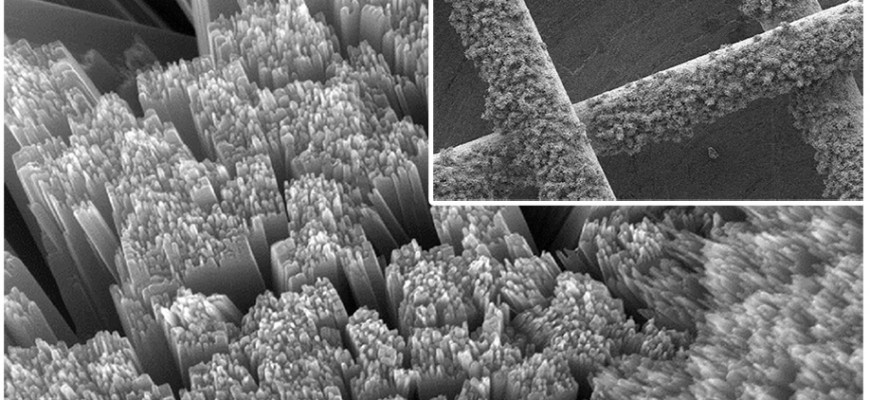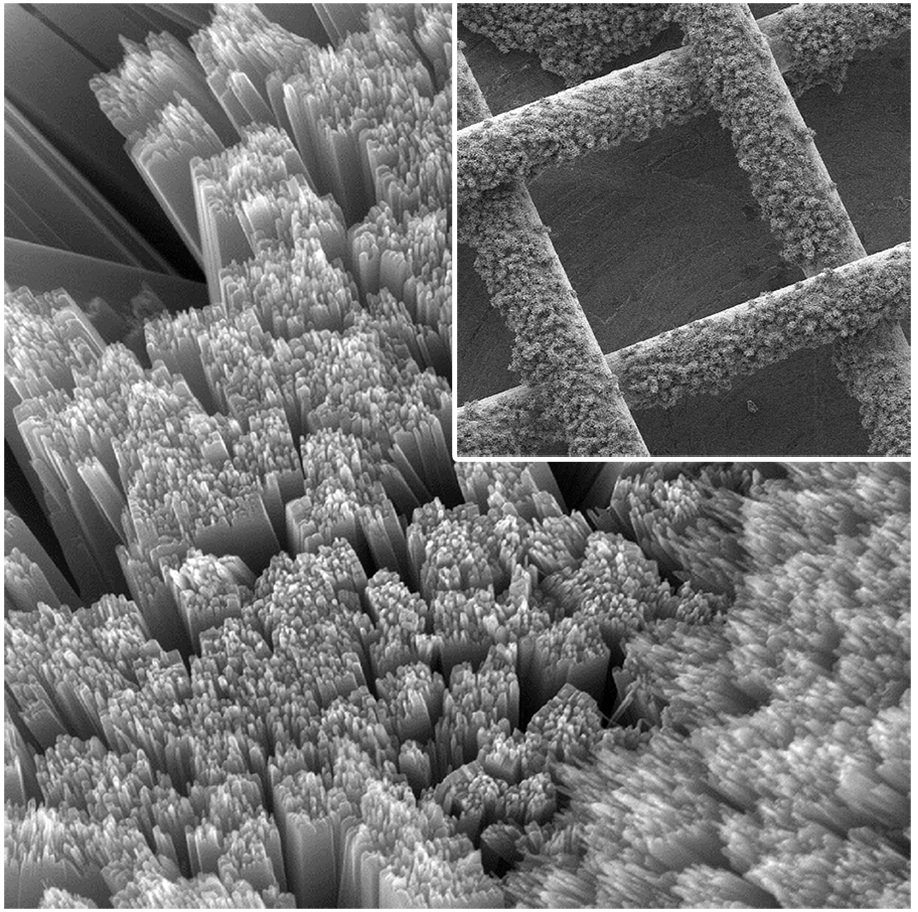
Battery technology for solar power storage has developed one step further with an all in one, solar panel and battery unit. The battery literally ‘breathes’ to create a charge.
“The state of the art is to use a solar panel to capture the light, and then use a cheap battery to store the energy,” said Yiying Wu, professor of chemistry and biochemistry at Ohio State. “We’ve integrated both functions into one device. Any time you can do that, you reduce cost.”
The Ohio State University has produced a solar battery that could reduce the cost of solar storage by 25%. The design builds on previous work of Ohio State University’s KAir Energy Systems which manufactured a highly efficient battery design that discharges current by chemically combining potassium and oxygen. Now they want to join this with a solar panel.
The vital part of combining it with a solar panel was to make sure that the panel allowed in the oxygen so that the chemical reaction could happen and make the charge. They therefore made a mesh solar panel from titanium gauze, a flexible fabric upon which Doctoral student Mingzhe Yu grew vertical rods of titanium dioxide like blades of grass. Air passes freely through the gauze while the rods capture sunlight.
So, when the device charges, light particles pass though the mesh are turned into electrons that go on to trigger a complex chemical process inside the battery. An electrode of lithium plate decomposes releasing both oxygen, which is expelled into the air, and lithium ions, which are stored as lithium metal.
When power is drained from the battery, it chemically “inhales” oxygen from the air to re-form the lithium needed to begin the process over again.
“Basically, it’s a breathing battery,” said Yiying Wu, professor of chemistry and biochemistry at Ohio State. “It breathes in air when it discharges, and breathes out when it charges.”
Normally, connecting a solar panel and external batteries requires four electrodes. However, this new design only has three and the mesh solar panel acts as the fourth. This allows a special process for transferring electrons between the solar panel and the battery electrode.
As a result of this, light is transferred into electrons inside the battery and it can therefore convert almost 100% of the electrons. In normal systems where solar panels are connected to external batteries, only around 80% of electrons are saved as electricity is lost when it has to travel from the solar panel to the battery.
Like we have said before, solar power with battery storage is the next big thing and it is developing and becoming cheaper every day. This could be a huge breakthrough on the road to better and cheaper renewable energy storage systems.

The picture shows electron microscopic images. The larger part of the picture is the nanometer-sized rods of titanium dioxide. These cover a gauze of titanium which is the smaller part of the picture. The holes in the gauze are approximately 200 micrometers across. The rods gather light while the gauze allows the air to pass into the battery and create the chemical reactions necessary to store the energy.
Tags: mesh solar panel, power storage, renewable energy storage systems, solar battery, solar panel and battery unit, Solar power with battery storage, solar storage, store the energy
